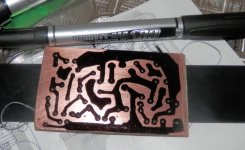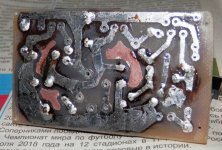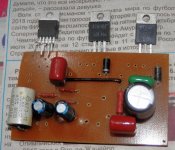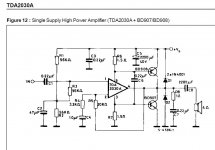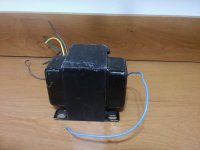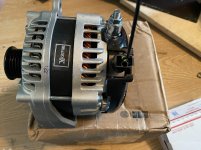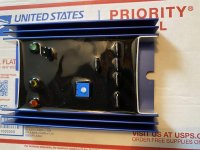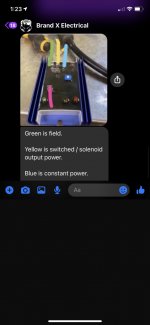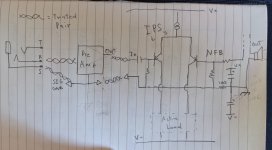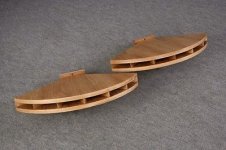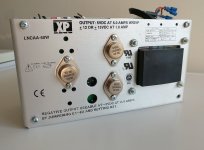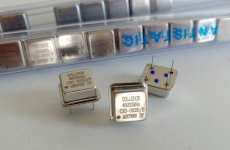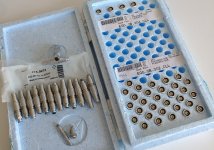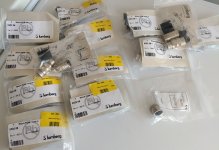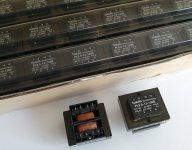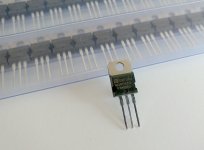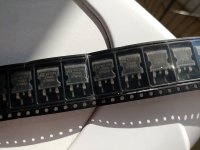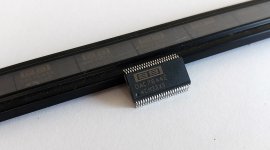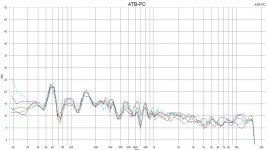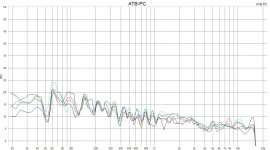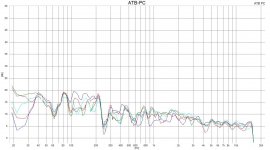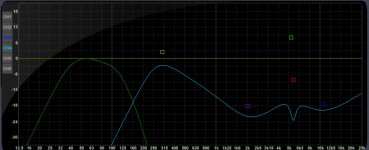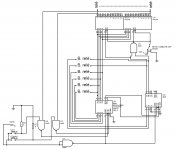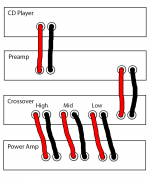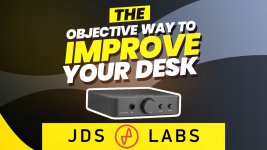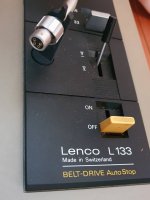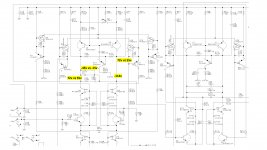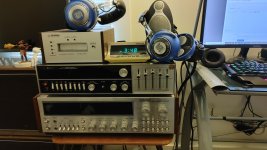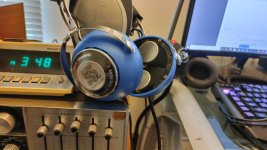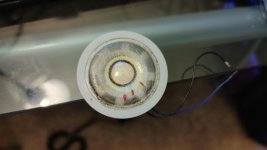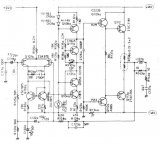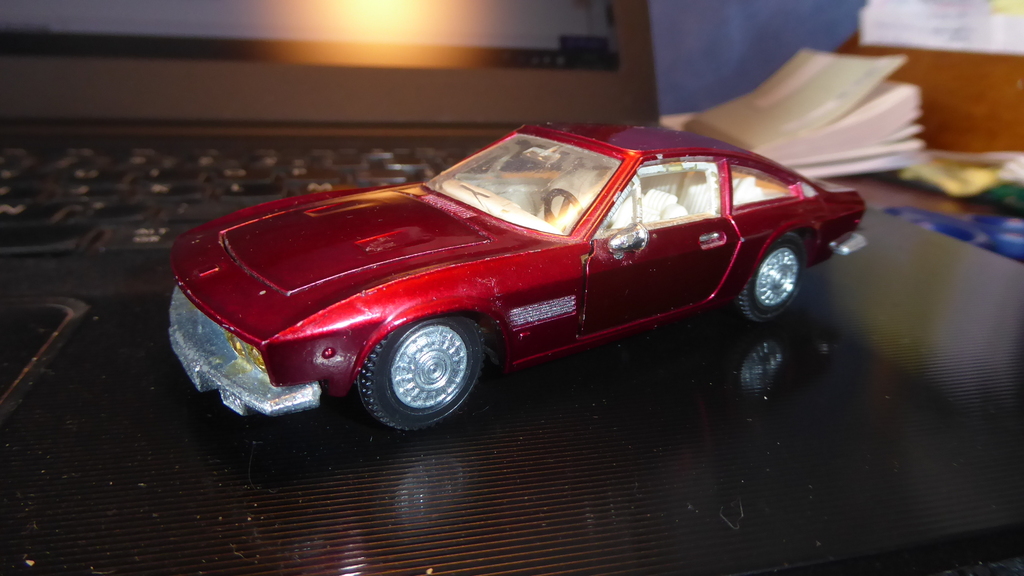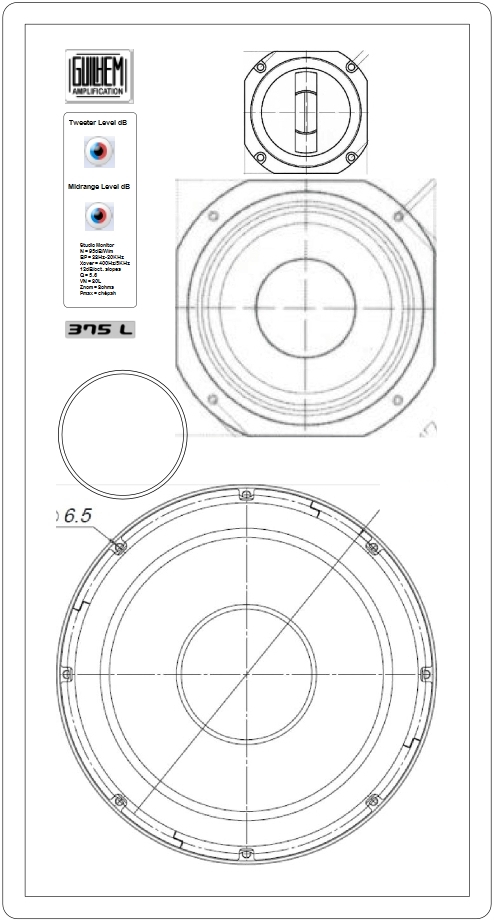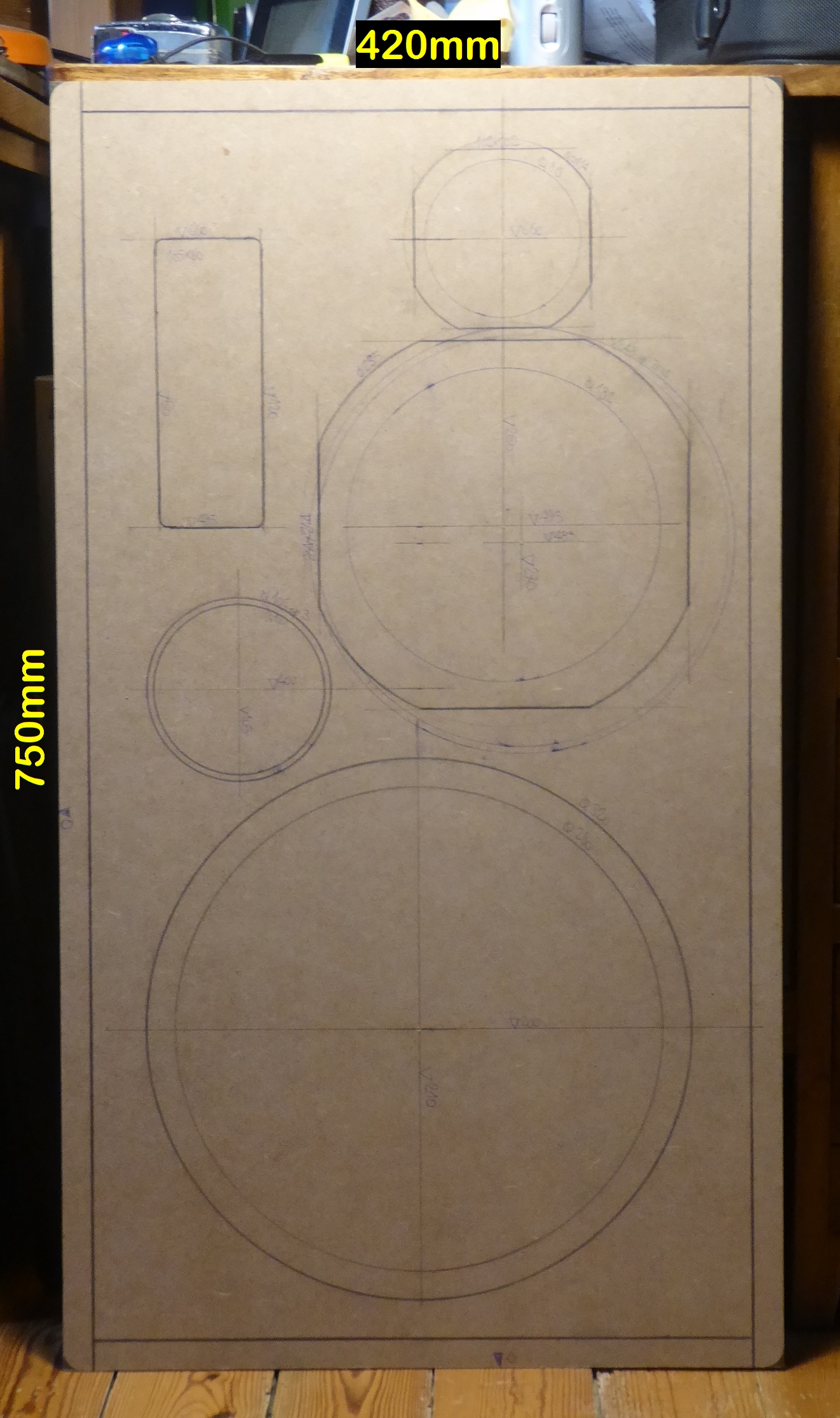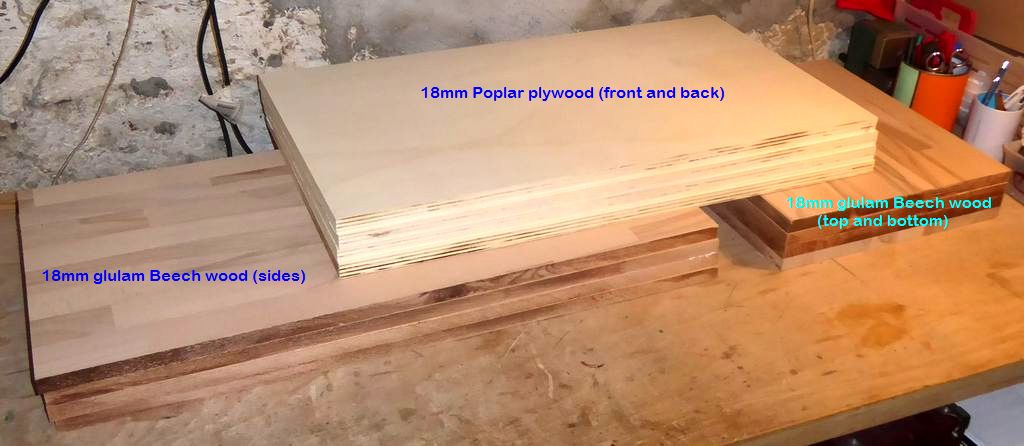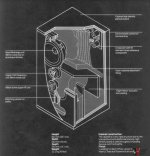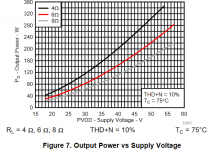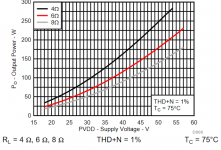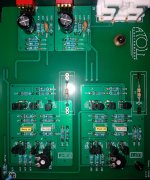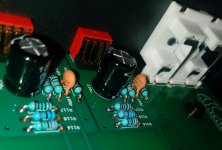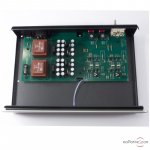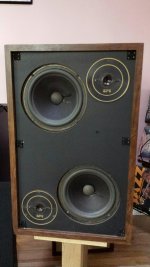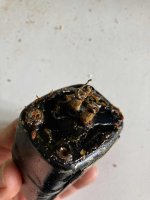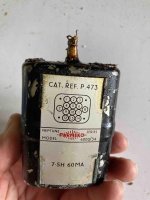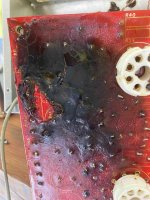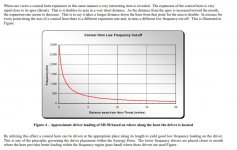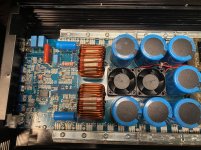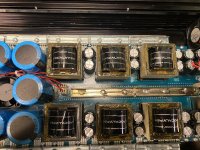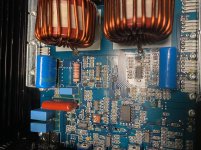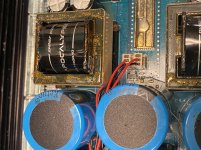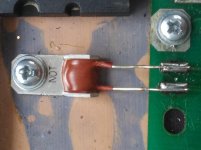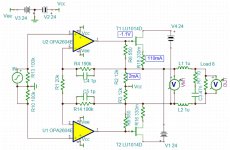Hi, 1st post! Got a burning question which has been asked to death. As per title, can't decide on the above. Please help. & it has to be these 2 only strictly from JL Audio.
-1st option is 2 x 12W6v3 subs in a dual opposed sealed JL enclosure powered by an HD 1200/1 amp - JL Audio ProWedge CS212OG-W6v3
-2nd option is a 10W7 sub in a sealed JL enclosure powered by an HD 750/1 amp - JL Audio CLS110RG-W7AE
The car is a Mercedes Benz CLS63 Shooting Brake

Sound Quality is my main priority and saving boot space. I've heard that the 12W6v3-4 sounds better than the 10W7 but others say they all sound good.
I rarely listen at reference loudness - mid volume mostly. I still want to be thumped in the chest or massaged by bass though when in the mood!!
The 10w7 would occupy slightly less space & also cost a bit less. I suspect the 2 X 12W6v3 may have more control and composure as its rated at 1200 watts vs 750watts for the 10W7.
Obviously the 1st option has more cone area and will be working less comparatively. But the 10W7 has 23mm x-max vs 19mm for the 12W6v3
I appreciate that custom enclosures may yield better results as they're bigger than JL Audio's apparently conservative sizes. But it has to be from the above JL's enclosures as I will be changing cars next year. Decisions, decisions, decisions... Thank you in advance
🙂
10W7AE-3
Free Air Resonance (Fs) 30.6 Hz
Electrical “Q” (Qes) 0.578
Mechanical “Q” (Qms) 7.647
Total Speaker “Q” (Qts) 0.537
Equivalent Compliance (Vas) 1.28 cu ft / 36.1 L
One-Way Linear Excursion (Xmax)* 0.9 in / 23 mm
Reference Efficiency (no) 0.17%
Efficiency (1 W / 1 m)** 84.3 dB SPL
Effective Piston Area (Sd) 59.8 sq in / 0.0386 sq m
DC Resistance (Re) 2.75 Ω
12W6v3-4
Free Air Resonance (Fs) 26.919 Hz
Electrical “Q” (Qes) 0.487
Mechanical “Q” (Qms) 9.365
Total Speaker “Q” (Qts) 0.463
Equivalent Compliance (Vas) 1.920 cu ft / 54.37 L
One-Way Linear Excursion (Xmax)* 0.75 in / 19 mm
Reference Efficiency (no) 0.11%
Efficiency (1 W / 1 m)** 85.4 dB SPL
Effective Piston Area (Sd) 75.338 sq in / 0.0486 sq m
DC Resistance (Re)*** 6.493 Ω
